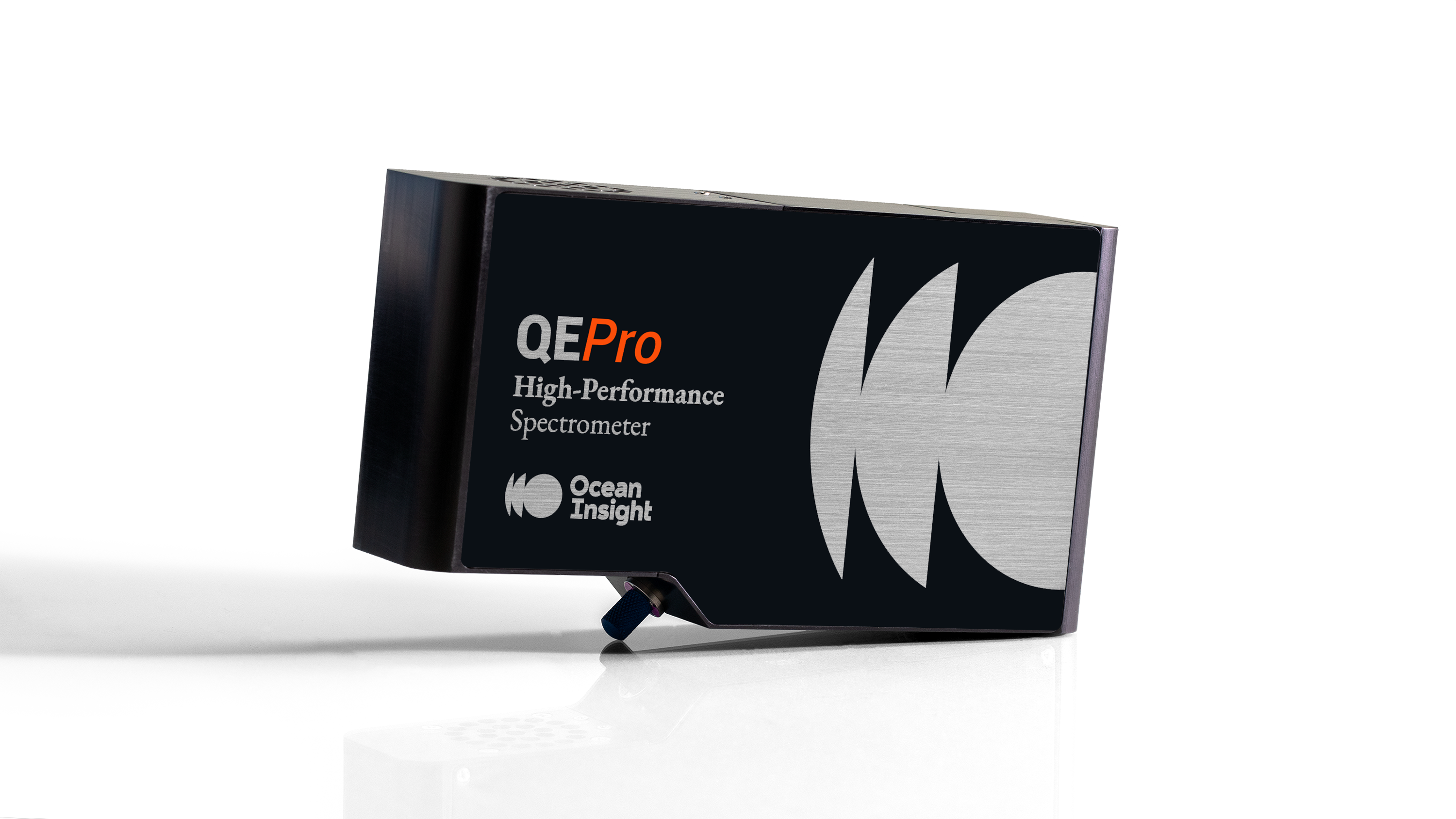Subscribe to Our Blog
Receive updates from our team as we share application notes, customer spotlights, educational tools, spectroscopy how-to’s, and more.

An Ocean Insight QE Pro spectrometer is part of a modular Raman system for detection of hydrogen isotopologues at Karlsruhe Tritium Laboratory in Germany. The setup is supporting research into elementary particle physics.
As reported earlier this year in the open-access journal Sensors, researchers from the Institute for Astroparticle Physics at Karlsruhe Institute of Technology (KIT) have developed what they describe as a “compact and cost-efficient” 532 nm Raman-based system for simultaneous measurement of hydrogen isotopologues. A key part of that system is an Ocean Optics QE Pro spectrometer, a high-sensitivity instrument distinguished by its great flexibility and thermoelectrically cooled detector (Figure 1).

Figure 1. The research team integrated a QE Pro spectrometer into a modular Raman setup. For the actual QE Pro spectrometer integration, review the published white paper.
Isotopologues are molecules that are identical except for having different isotopes in their structure. An isotope is an element (defined by its number of protons) that has a different number of neutrons in its nucleus.
As the authors explain, measuring mixtures of hydrogen isotopologues in gas form typically requires mass spectrometry or gas chromatography, which have drawbacks related to pressure and other requirements inherent to KIT's tritium process infrastructure.
These challenges inspired the development of the Raman-based system. But rather than selecting one of the many fully integrated Raman systems on the market, the KIT team opted for the flexibility and versatility of a modular setup comprising the spectrometer, laser and a customized optical interface for direct contact with the tritiated gas. As a result of the work, the KIT team believes their setup can be used for other operations at the facility and can be modified for use with other gas mixtures.
Ocean Insight is very grateful to Dr. Florian Priester of KIT, lead author of paper, and his KIT colleagues at KIT’s Institute of Astroparticle Physics, for sharing their work with us and supporting our business.
Priester, F., Marstellar, A., Niemes, S., Tuchscherer, N. and Welte, S. µRA – A New Compact Easy-to-Use Raman System for All Hydrogen Isotopologues, Sensors 2022, 22, 3952.
QE Pro Preconfigured Raman Spectrometers
Read how a modular, HR series high resolution spectrometer setup monitored changes in argon plasma emission after the introduction of different gases to a plasma chamber.
Raman spectroscopy uses scattering of laser light to probe molecular structure. Of every million photons scattered, a single photon will interact with the vibrational states of a sample molecule and emit light of a different wavelength.
The photons used in spectroscopy encounter many components and undergo a variety of processes before registering as a spectrum on the screen. What happens to these photons once they enter an Ocean Optics spectrometer?

Receive updates from our team as we share application notes, customer spotlights, educational tools, spectroscopy how-to’s, and more.